Peony Companions That Will Make Your Garden Sing
Peony Companions That Will Make Your Garden Sing
Peonies are some of the most beautiful flowers in the world, and they can add a touch of elegance to any garden. But did you know that choosing the right companion plants can help your peonies truly shine?
The right companions can help to:
- Highlight the beauty of your peonies. By choosing plants with complementary colors or textures, you can make your peonies stand out even more.
- Extend the bloom time of your peonies. By planting companion plants that bloom at different times of the year, you can enjoy colorful flowers in your garden all season long.
- Attract pollinators. Peonies are a favorite food of bees and butterflies, and planting companion plants that also attract pollinators can help to create a healthy ecosystem in your garden.
So, what are some of the best peony companions? Here are a few of our favorites:
- Lilacs. Lilacs and peonies are both spring-blooming flowers, and they look great planted together. The delicate purple or white blooms of lilacs complement the bold colors of peonies.
- Roses. Roses and peonies are both classic garden flowers, and they make a stunning combination. The lush, fragrant blooms of roses provide a perfect contrast to the delicate petals of peonies.

- Hydrangeas. Hydrangeas and peonies are both large, showy flowers, and they can be planted together to create a dramatic statement in your garden. The blue, pink, or white blooms of hydrangeas complement the pink, red, or white blooms of peonies.
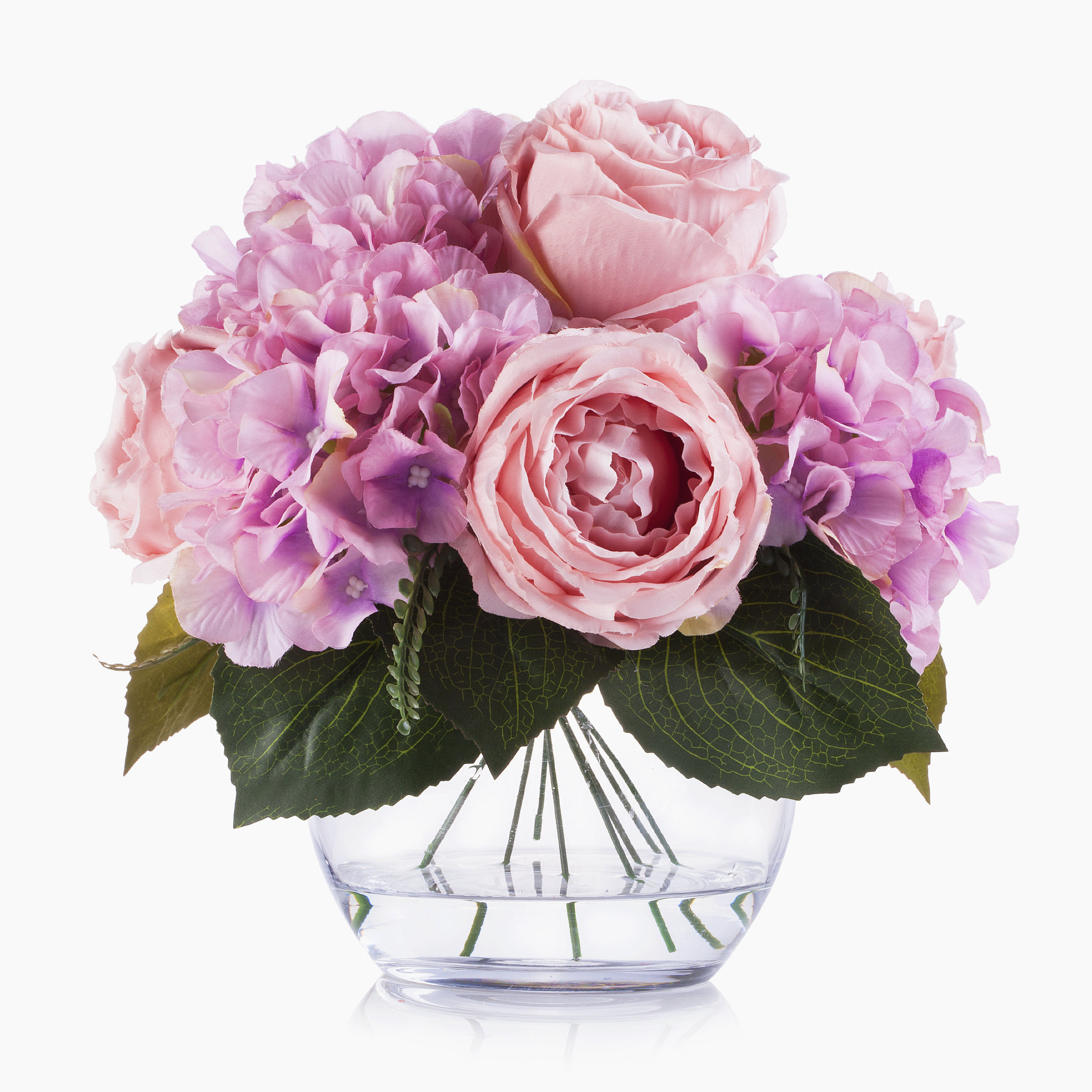
- Azaleas. Azaleas and peonies are both flowering shrubs, and they can be planted together to create a continuous bloom of color in your garden. The vibrant colors of azaleas add a touch of brightness to the more subdued colors of peonies.
- Alliums. Alliums are tall, spiky flowers that bloom in the spring. They make great companions for peonies because they add height and interest to the garden. The purple, white, or pink blooms of alliums contrast nicely with the pink, red, or white blooms of peonies.
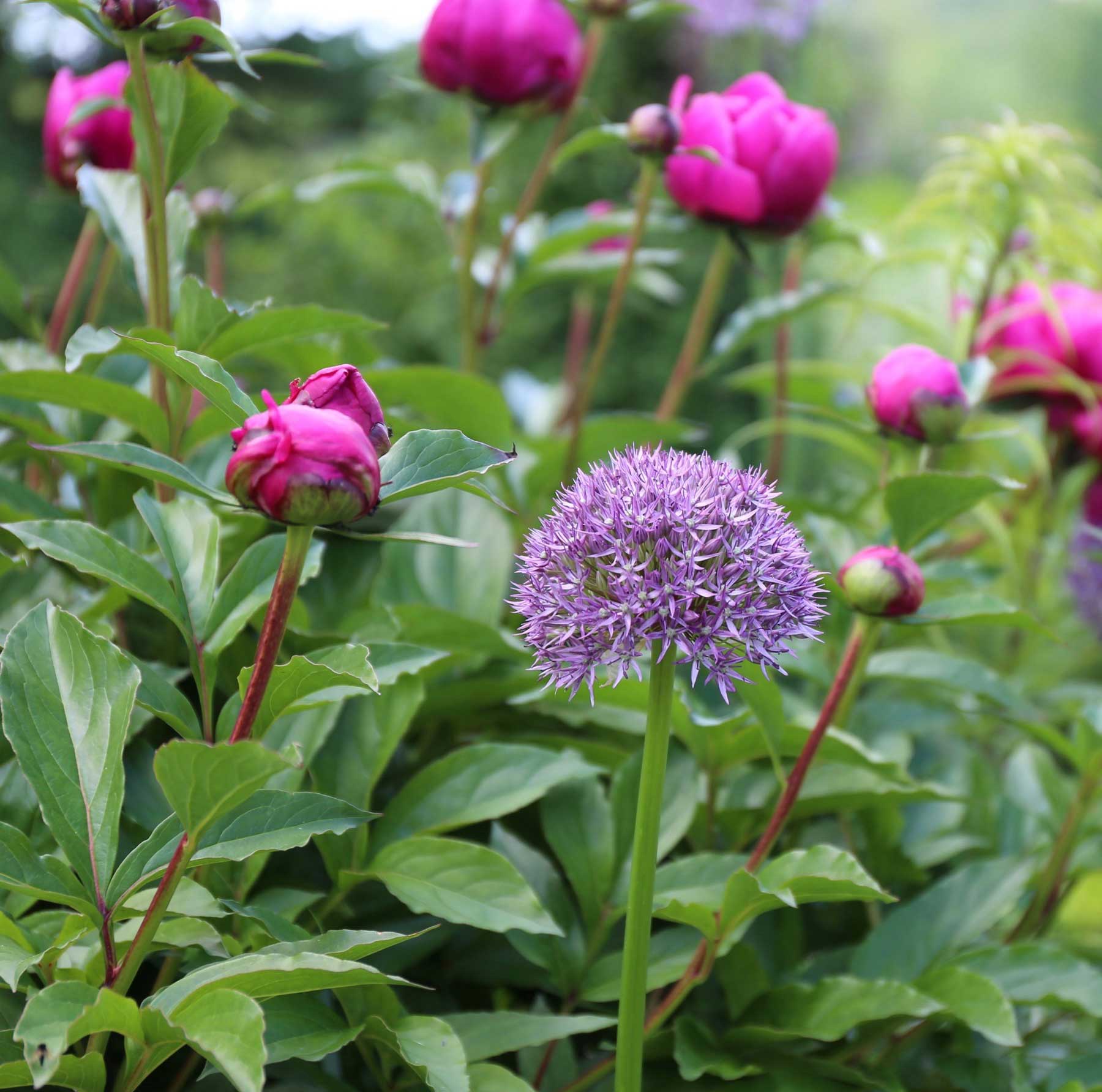
- Day lilies. Day lilies are another great choice for peony companions. They bloom in the summer, so they can help to extend the bloom time of your peonies. The bright colors of day lilies add a touch of fun and whimsy to the garden.

- Irises. Irises are another classic garden flower that makes a great companion for peonies. They bloom in the spring and summer, and their delicate petals come in a variety of colors, including purple, blue, yellow, and white.
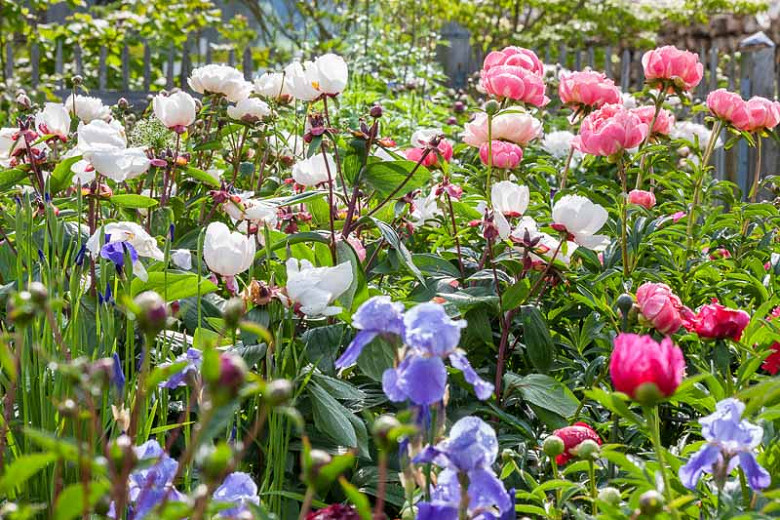
- Foxgloves. Foxgloves are tall, spikey flowers that bloom in the summer. They make great companions for peonies because they add height and interest to the garden. The purple, pink, or white blooms of foxgloves contrast nicely with the pink, red, or white blooms of peonies.

These are just a few of the many great peony companions. When choosing companion plants, it's important to consider the size, color, and bloom time of the plants. You also want to make sure that the plants have similar growing conditions.
With a little planning, you can create a peony garden that is both beautiful and functional. So get out there and start planting!
Peonies are beautiful flowers that can add a touch of elegance to any garden. But if you're not careful, they can also become a bit unruly. That's where peony companions come in. Peony companions are plants that can be planted near peonies to help them stay healthy and look their best.
There are many different types of peony companions, but some of the most popular include:
- Chrysanthemums: These cheerful flowers bloom in the fall, which helps to extend the peony season.
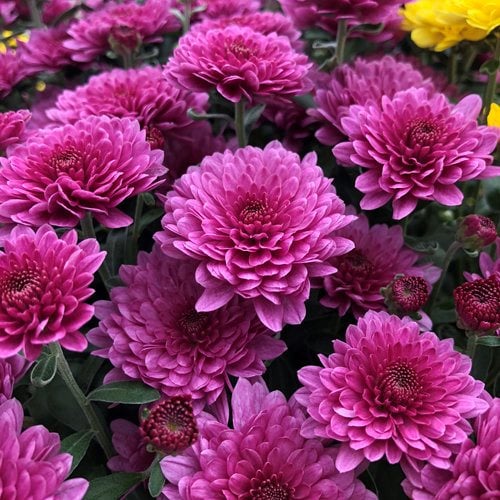
- Daylilies: These long-blooming flowers come in a variety of colors, which can help to complement the peonies.
- Hostas: These shade-loving plants can help to provide some much-needed relief from the hot summer sun.
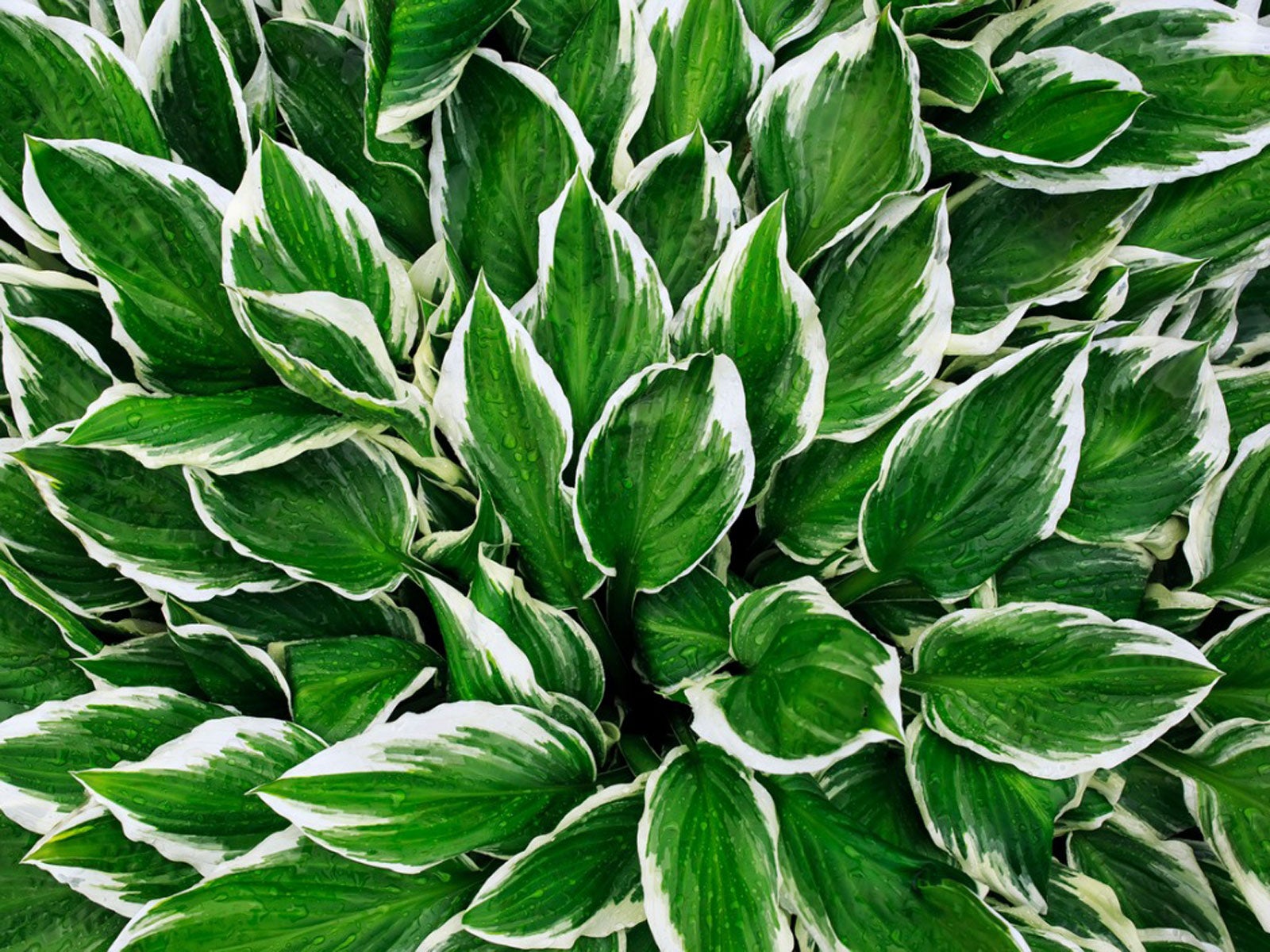
- Lavender: This fragrant herb can help to deter pests from the peonies.

- Roses: These classic flowers make a beautiful pairing with peonies.
If you're looking for more information about peony companions, I recommend visiting Gardenia Inspiration. This website has a wealth of information on the topic, including plant profiles, planting tips, and more.
FAQ of peony companion
Question 1: What are some good companion plants for peonies?
Answer: Peonies are relatively low-maintenance plants, but they can benefit from being planted near other companion plants. Some good options include:
- Daylilies: Daylilies bloom at the same time as peonies and can help to fill in the space around them. They also help to attract pollinators, which can help to improve the peony's flowering.

- Hostas: Hostas are shade-loving plants that can help to provide some shade for peonies in the afternoon. They also help to suppress weeds and improve the soil quality.

- Lilacs: Lilacs bloom in early spring, before peonies, so they can help to extend the flowering season in your garden. They also have a lovely fragrance that can complement the peonies' scent.

- Roses: Roses and peonies are both beautiful flowers that can add a touch of elegance to any garden. They also have similar growing requirements, so they can be planted together without any problems.

- Iris: Iris blooms in the spring and summer, so it can help to fill in the space around peonies when they are not in bloom. They also come in a variety of colors, so you can choose ones that will complement the peonies' colors.

Question 2: How much sun do peonies need?
Answer: Peonies need at least 6 to 8 hours of sunlight per day. However, in hot climates, they may benefit from some afternoon shade. Peonies that do not get enough sunlight may not bloom as well.
Question 3: What type of soil do peonies need?
Answer: Peonies grow best in slightly moist, well-drained soil. They should not be planted in soil that is too wet or too dry. Peonies also prefer soil that is high in organic matter.
Question 4: How do I care for peonies?
Answer: Peonies are relatively low-maintenance plants. However, they do need to be watered regularly, especially during the first year after planting. They should also be fertilized in the spring with a balanced fertilizer. Peonies should be divided every 3 to 4 years to keep them healthy and vigorous.
Question 5: How do I prevent peony diseases?
Answer: Peonies are susceptible to a number of diseases, including powdery mildew, botrytis, and root rot. To prevent these diseases, it is important to plant peonies in a well-drained location and to water them regularly. You should also remove any diseased leaves or flowers as soon as you see them.
Image of peony companion
- Hostas are shade-loving plants that can provide a backdrop for peonies. They come in a variety of colors and leaf shapes, so you can find the perfect ones to complement your peonies.

- Daylilies are another shade-tolerant plant that can be planted with peonies. They bloom for a long period of time, so you'll have flowers in your garden from early summer to late fall.

- Lavender is a drought-tolerant plant that can add a touch of elegance to your peony garden. It blooms in the summer, and its purple flowers will contrast nicely with the peonies' pink or white blooms.
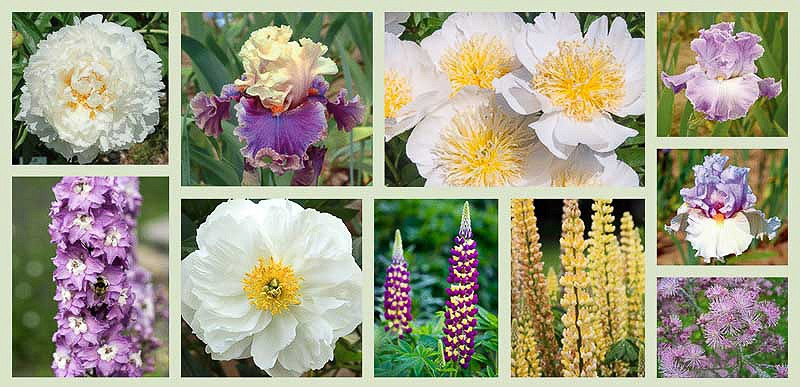
- Astilbe is a herbaceous perennial that blooms in the summer with white, pink, or purple flowers. It prefers moist soil and partial shade, so it's a good companion plant for peonies.
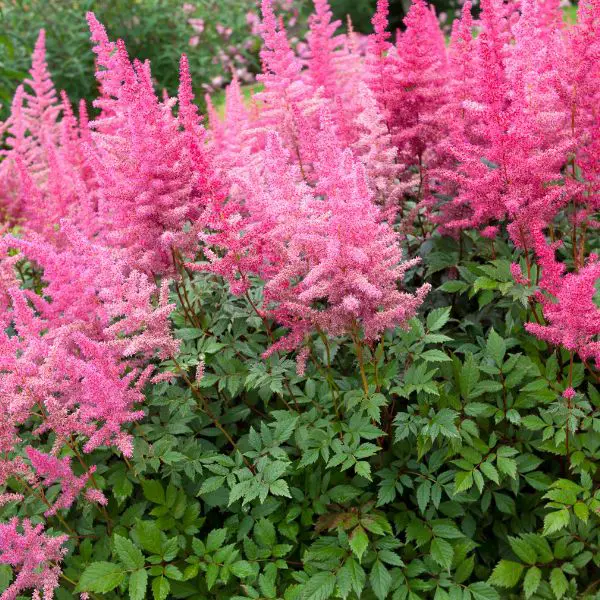
- Coral bells are another herbaceous perennial that blooms in the summer. They come in a variety of colors, including red, pink, and white. They prefer well-drained soil and full sun, so they're a good companion plant for peonies that are planted in full sun.

Post a Comment for " Peony Companions That Will Make Your Garden Sing"